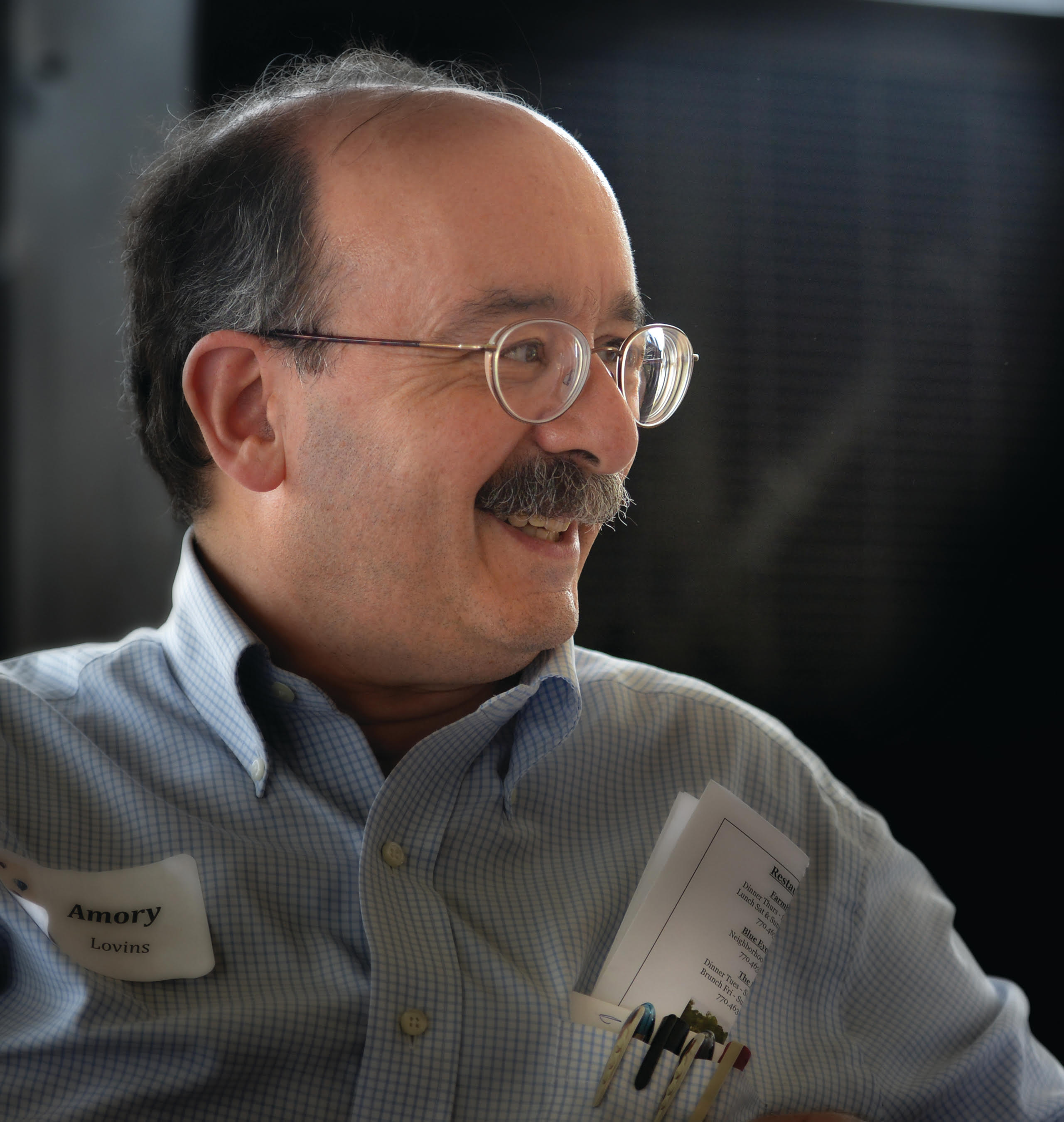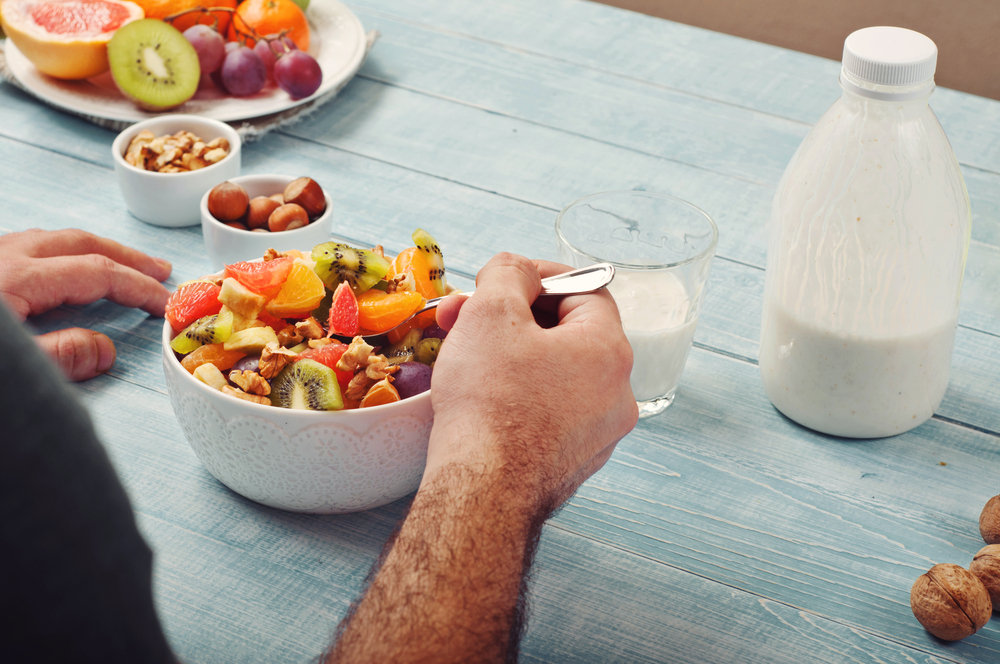Why do most people who catch the new virus have mild symptoms and some have none, while others, chiefly the old and sick, develop fatal pneumonias? Because people differ in “immune competence” — their ability to fend off and overcome infection. Proven methods can strengthen that ability. Yet amid debates about how quickly and strictly we must keep apart and stay home, this powerful complement to avoiding exposure and treating infection is being largely ignored. We’re striving to keep the virus away from people and cure them if they get sick, but without also strengthening our natural defenses. This is a serious omission, and you can help fix it.
Isolation, distancing, handwashing — all the effective ways to avoid exposure to the virus — remain absolutely crucial to avoid catastrophic overwhelm of healthcare. But that exclusive focus obscures a second powerful tool: strengthening our immune and body-repair competences can slow contagion too. Both these strategies buy time to find and isolate outbreaks, surge test kits and ventilators, improve and deliver therapies, and develop vaccines.
Stronger immune competence also makes COVID-19 and other more ordinary infections milder and briefer. Reducing the risk of fatal pneumonias — especially for the old, sick, and poor — creates “virtual ventilators” to augment scarce real ones. Milder, briefer illness saves suffering and cost, makes working from home more productive and unexpected excess parenting less challenging, and helps us adapt to these strange new circumstances. And an “immunity mission” — boosting our overall immunity within our communities — could engage our pent-up yearning to protect each other by cultivating health.
Yet individual and community immunity aren’t on the CDC or WHO websites, nor in great articles from The Atlantic, The Washington Post, The New Yorker, and Vox. We’re told to avoid exposure, but not to reduce “host hospitality” (us being hospitable to the virus) by making ourselves more resistant to viral infection. Slowing the spread and flattening the curve will take both.
On March 10 (though not in later pathfinding articles), The New York Times broke the silence, endorsing five of eight standard immune-boosting methods: sleep, calm/hope/de-stressing (yes, meditation may help prevent colds), nutrition, exercise, and reducing alcohol (an immune suppressant). Next, add hydration, nontoxicity, and physiological balance. All are vital: your health and immunity depend on what you eat, drink, breathe, do, and feel.
The article also edged more controversially toward two of the half-dozen supplements that can boost immunity — vitamin D and zinc. Otherwise, news organizations’ standard advice is “skip unproven supplements” that “probably won’t help, and may harm” — notably vitamin C, a “myth” and “fallacy” that doesn’t protect. So our best newspapers say supplements can’t boost immunity. Maybe they’re not reading the research right.
Meanwhile, one to six grams per day (g/d) of a certain substance was proven to shorten the use of a ventilator for 471 patients needing more than ten hours of ventilator support, by an average of 25% (even more for the sickest patients). That reduction in patient requirements is like discovering a lot of unused ventilators. An average of about 2 g/d of the same substance shortened ICU stays by 8.6%, equivalent to a lot more ICU beds. A day’s dose costs 58¢ (top quality, retail price), so there is now good evidence we can spend a few dollars to reduce an ICU stay that costs thousands.
Well-controlled trials found the same substance could prevent and help treat pneumonia. When sepsis or influenza A pneumonia caused life-threatening respiratory failures, tens-of-g/d intravenous doses of the same substance proved safe and effective. The Shanghai Government Medical Association and a top Xi’an hospital use and recommend it for COVID-19, with three clinical trials underway (one already posted). Fifty tons of it just got shipped to Wuhan, where success has now led many New York hospitals to adopt this therapy in severe COVID-19 cases, with encouraging results.
What’s this mysterious substance? The same vitamin C that mainstream media dismiss as having little or no benefit against viral respiratory infections! Based on modern studies and recent rigorous evaluations, vitamin C is far more than just a “vitamin”; it is a foundational molecule that protects and regulates every cell, and actually seems to be the most effective antiviral agent known. So why do some say to take none a day?
The medical evidence cited (also by NIH) as supposedly debunking the use of vitamin C in respiratory illness — the 2013 Cochrane Review of 64 clinical trials — actually found consistent curative value, especially at higher doses and in children. Its senior author concluded that “all 21 placebo-controlled studies published since 1970” using at least one gram per day of vitamin C reported milder or shorter colds. He also wrote the papers cited above on ventilator and ICU savings, and the citations above on pneumonia prevention and mitigation. “[I]nertia and prejudices against vitamin C” persist, as his excellent review paper explains, based largely on outdated and poorly performed studies demolished decades ago. Indeed, his Cochrane Review recommended that “consistent effect of vitamin C on…duration and severity…and low cost and safety” may make it “worthwhile for common cold patients to test on an individual basis whether therapeutic vitamin C is beneficial for them. Further therapeutic… [trials] are warranted.” That’s hardly a description of a myth.
Doubts whether vitamin C can also help to prevent colds confuse evidence of absence with absence of evidence: NIH rightly found “not enough evidence,” and a Danish review agreed the clinical trials available by 2010 (nearly all even today) are “largely irrelevant.” Why? Evidence-based medicine requires large, controlled, usually randomized and double-blind, clinical trials — but industry and government won’t fund their high cost for unpatentable over-the-counter supplements. Such trials are especially difficult to perform rigorously for vitamin C. Further, that Cochrane Review rested on deeply flawed clinical trials. Nearly all doses were far too small or infrequent to trigger the threshold effects that practitioners claim and science predicts. Unreported quality of the vitamin C used may have made doses severalfold less effective. Outcomes were linked to whether subjects took any C, but only rarely to how much or how often. And decisively, “none of the identified controlled trials directly test[ed]” the preventive claims that the Review supposedly refuted.
With no better evidence, then, what should we do? Cochrane Review, NIH, and CDC agree vitamin C is generally safe (minor exceptions are clear). Even top-quality C (fully buffered, fully reduced l-ascorbate, described and sourced in a medically vetted lay user’s guide) is cheap and ubiquitous. Seventy-odd years’ unrefuted observations, buttressed by hundreds of basic-science papers, show that at least 3–5 grams per day, spread through the day, largely protects against known viruses. That’s equivalent to about 40–70 medium-sized oranges per day. Taking more, nearly to stool-loosening level, is even better. (A 2018 trial with 1,444 Korean Army recruits given 2 grams three times a day found 20–40% fewer colds.) Therefore:
- Even if no supplement worked, we should take better care of ourselves in all other ways that boost immune and repair competence. Public-health strategy should combine reducing exposure to the virus withmaking any infections fewer, shorter, and milder.
- The Cochrane Review found that even little and infrequent vitamin C did make colds shorter and milder. Various viruses, including coronaviruses, cause colds, so taking vitamin C should make COVID-19 illness shorter and milder too, and the pandemic less severe, even if vitamin C doesn’t prevent infection. It may still make the course of the illness less severe, reducing the burden on our healthcare system.
- So shouldn’t at least healthcare, EMS, grocery-store, pharmacy, delivery, and other frontline workers, and groups most at risk of severe illness (old, sick, poor, homeless, refugees, prisoners), be encouraged and helped to start using this safe, cheap, easy, and available substance now?
- Simple question: Is it riskier to take enough high-quality vitamin C that may keep you well and seems to help cure you if you get sick, or to take none?
With or without supplements, stronger community immunity is a low-risk, equity-enhancing, socially mobilizing way to do no harm, do much good, and buy precious time. Immunity will become even more vital if no universal-vaccine miracle emerges and if this single-strand RNA virus’s rapid mutations outpace specific vaccines. Not hedging that bet may soon look negligent.
Thirteen years ago, when Lovins co-keynoted the annual meeting of the Institute for Healthcare Improvement for its founder, Harvard Med’s Don Berwick MD MPP (later head of Medicare and Medicaid), Dr. Berwick rephrased the medical dictum primum non nocere — “first, do no harm” — thus: “When harm is underway, proceed urgently to learn how to stop it, and act urgently on the learning.”
Let’s roll.
Originally published on Medium.
Follow us here and subscribe here for all the latest news on how you can keep Thriving.
Stay up to date or catch-up on all our podcasts with Arianna Huffington here.


